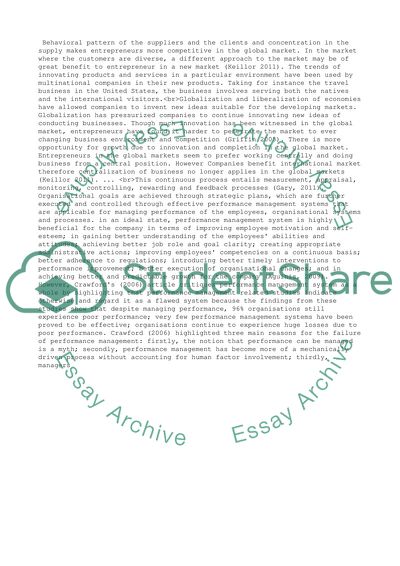Cite this document
(“Rethinking Performance Management Essay Example | Topics and Well Written Essays - 3000 words”, n.d.)
Retrieved from https://studentshare.org/business/1398554-personnel-resourcing-and-development-assignment
Retrieved from https://studentshare.org/business/1398554-personnel-resourcing-and-development-assignment
(Rethinking Performance Management Essay Example | Topics and Well Written Essays - 3000 Words)
https://studentshare.org/business/1398554-personnel-resourcing-and-development-assignment.
https://studentshare.org/business/1398554-personnel-resourcing-and-development-assignment.
“Rethinking Performance Management Essay Example | Topics and Well Written Essays - 3000 Words”, n.d. https://studentshare.org/business/1398554-personnel-resourcing-and-development-assignment.


